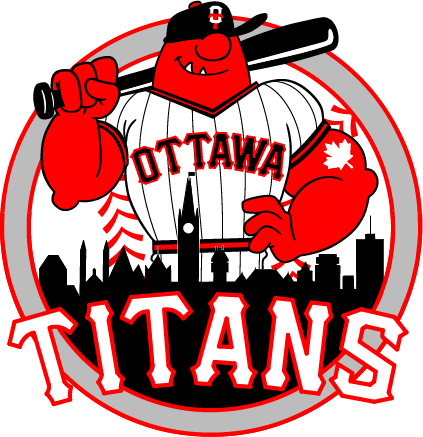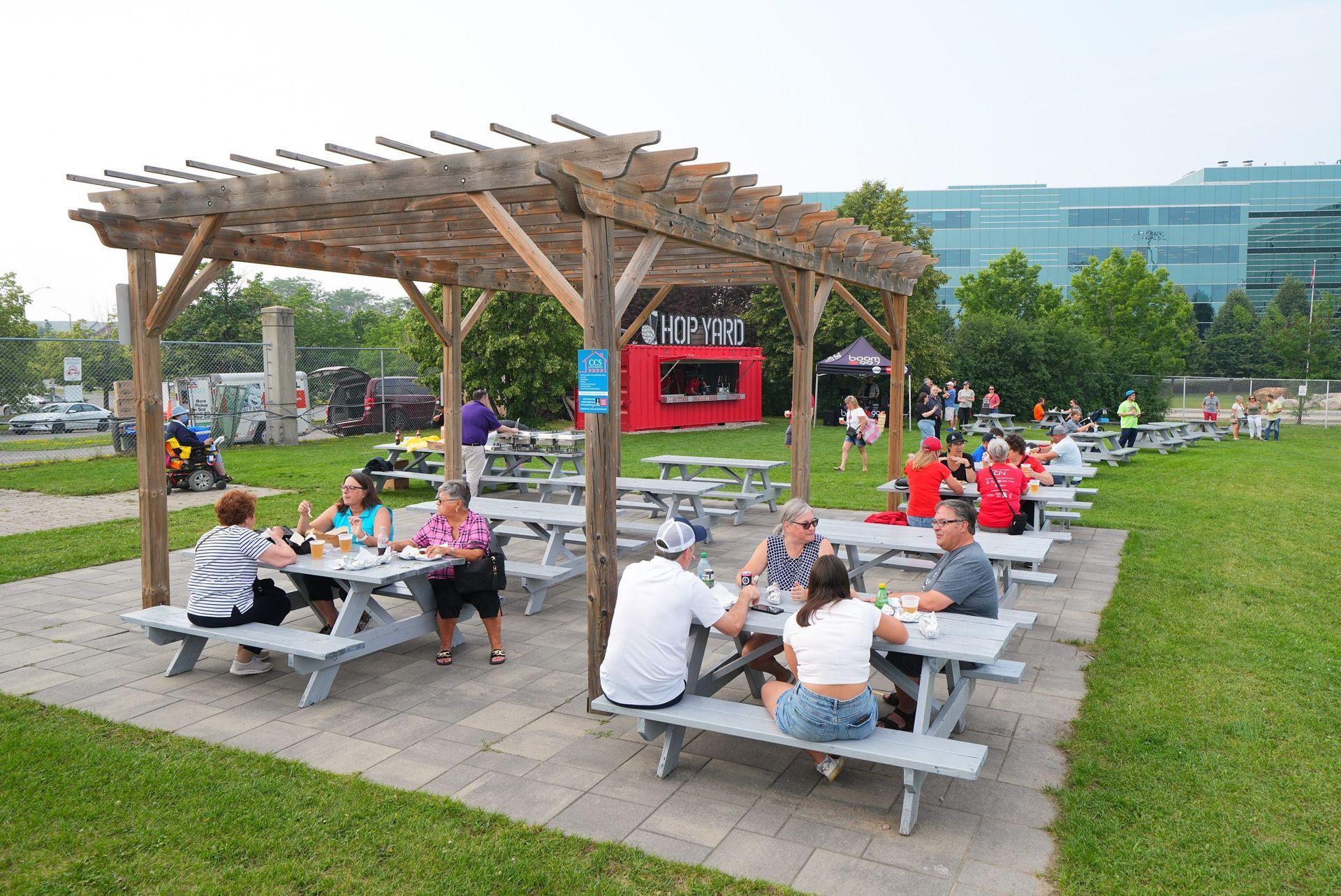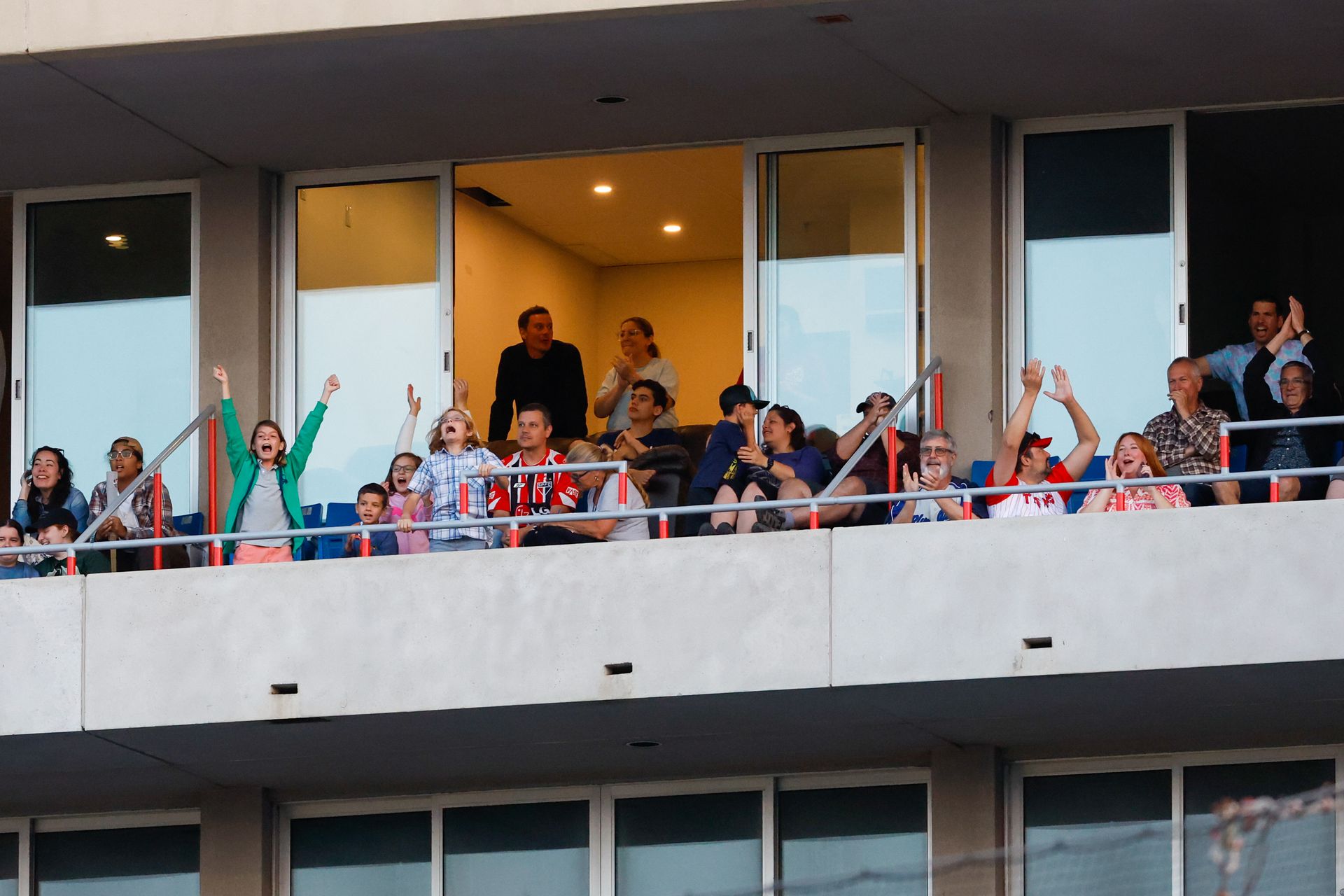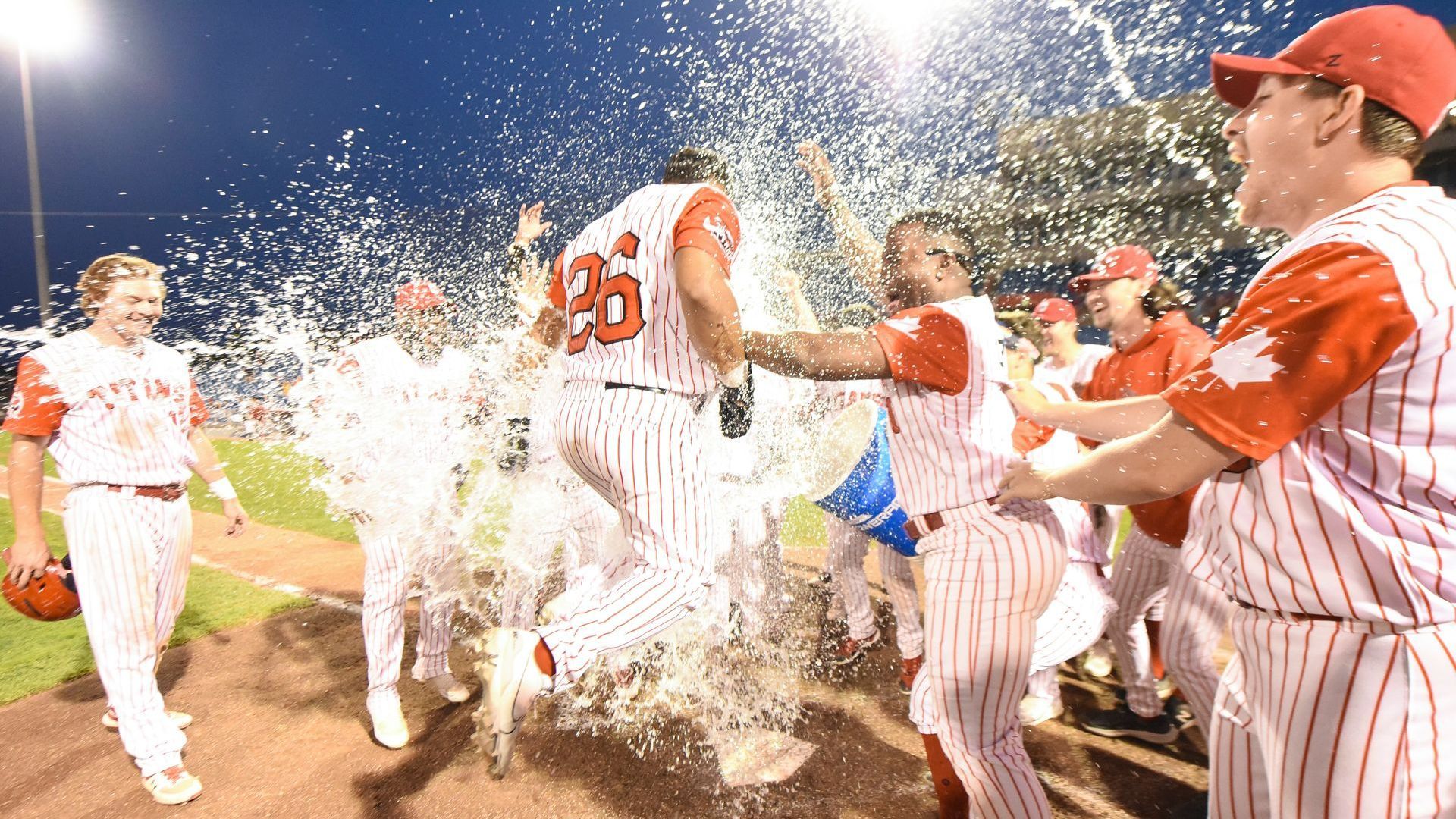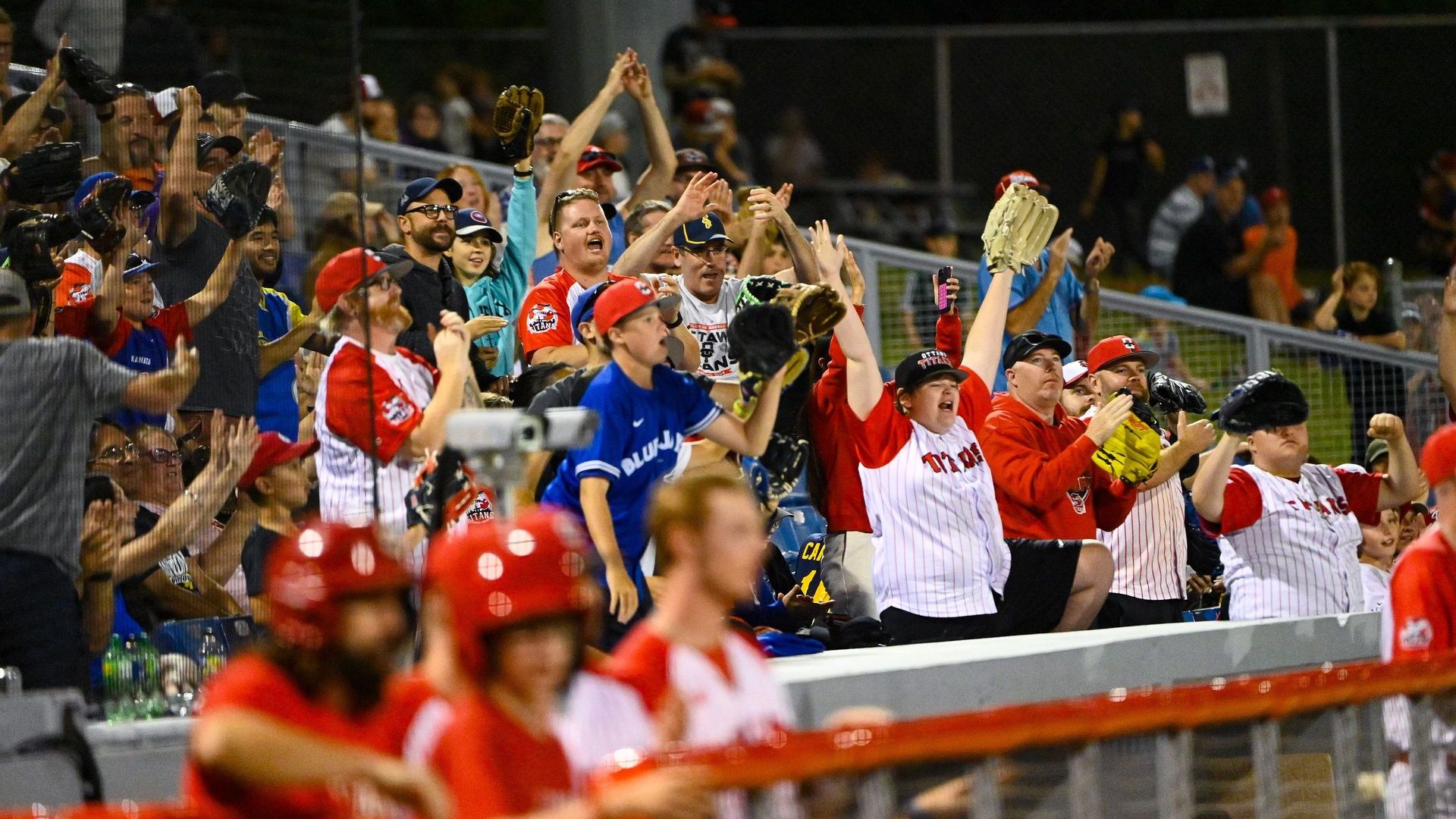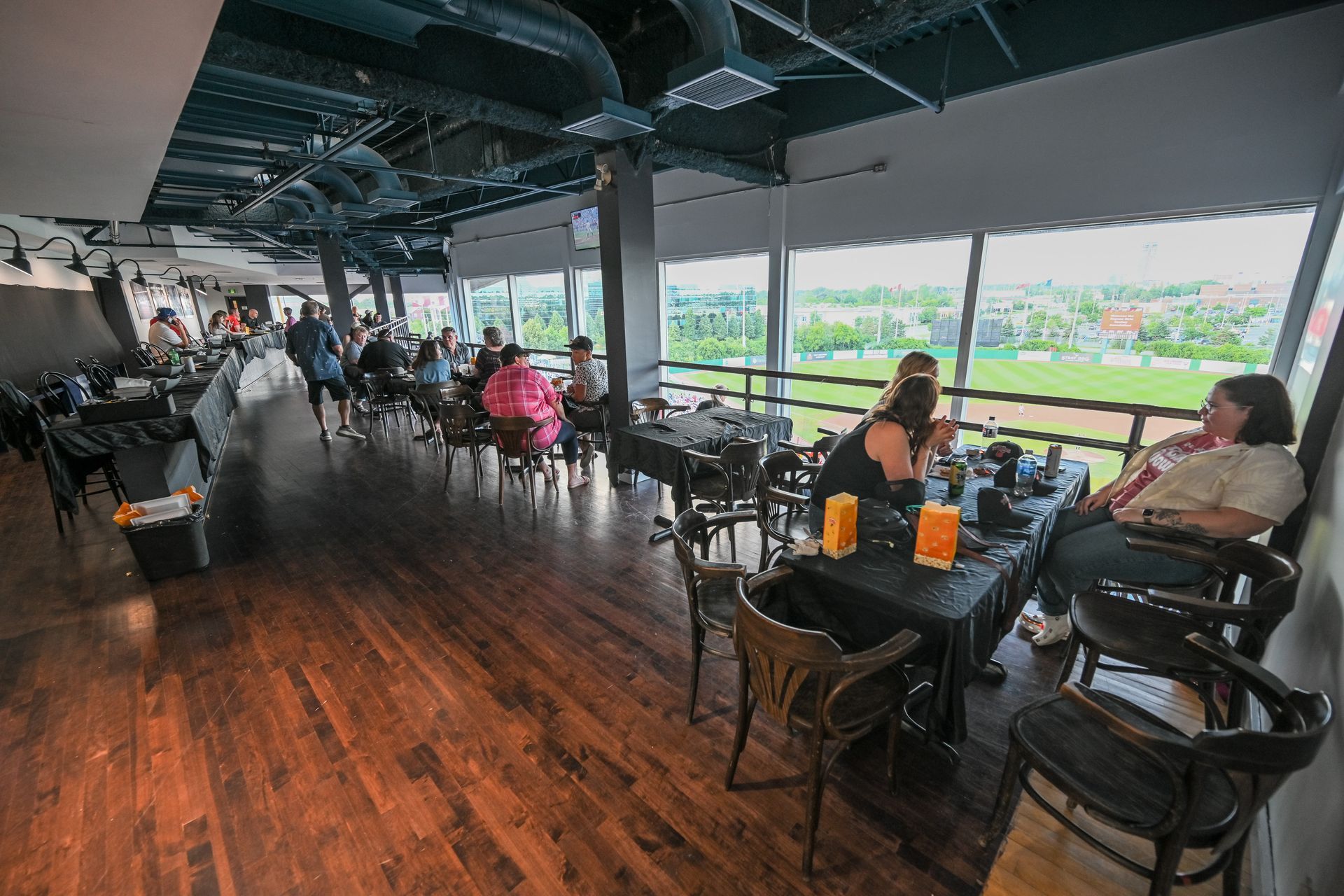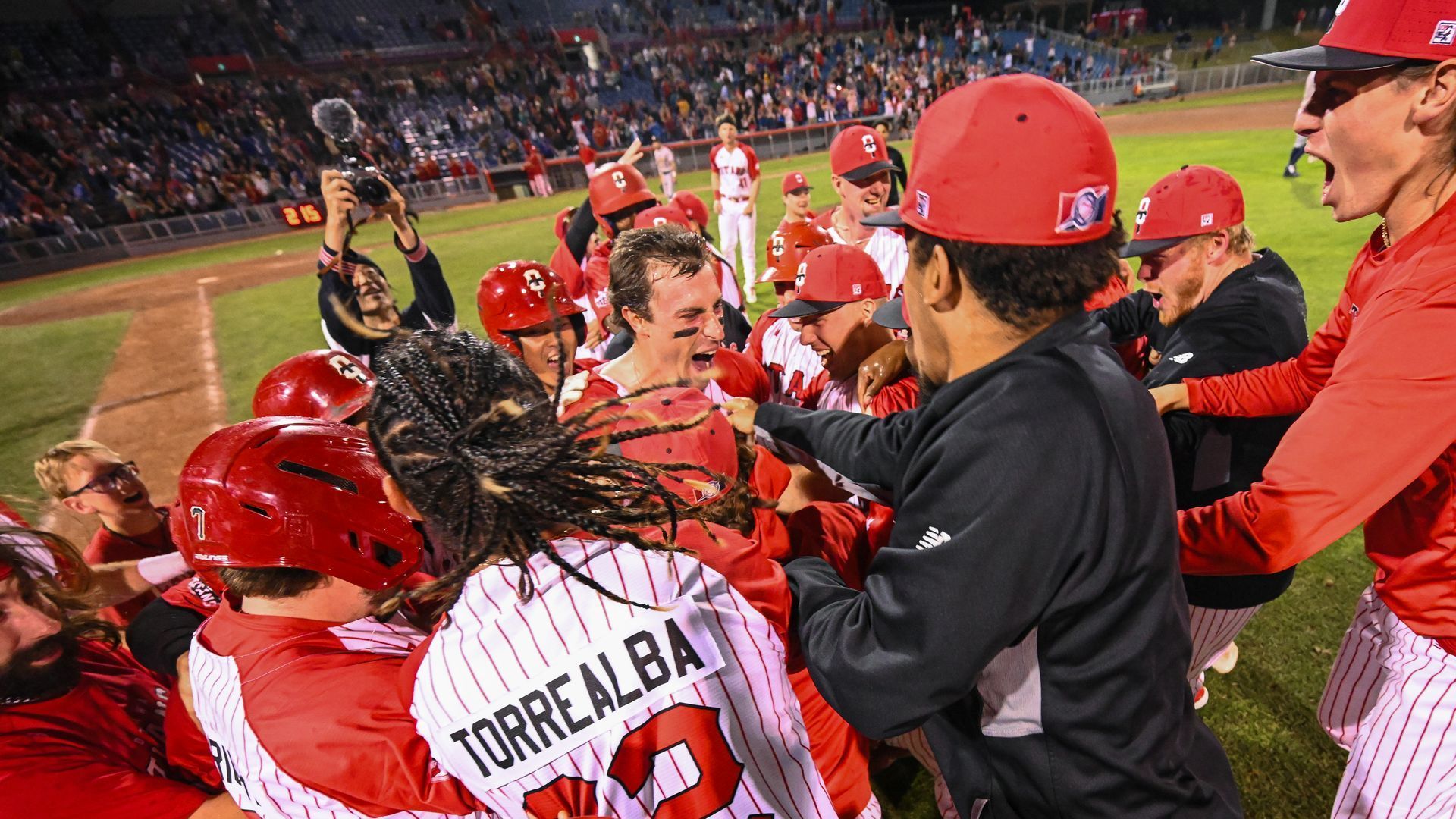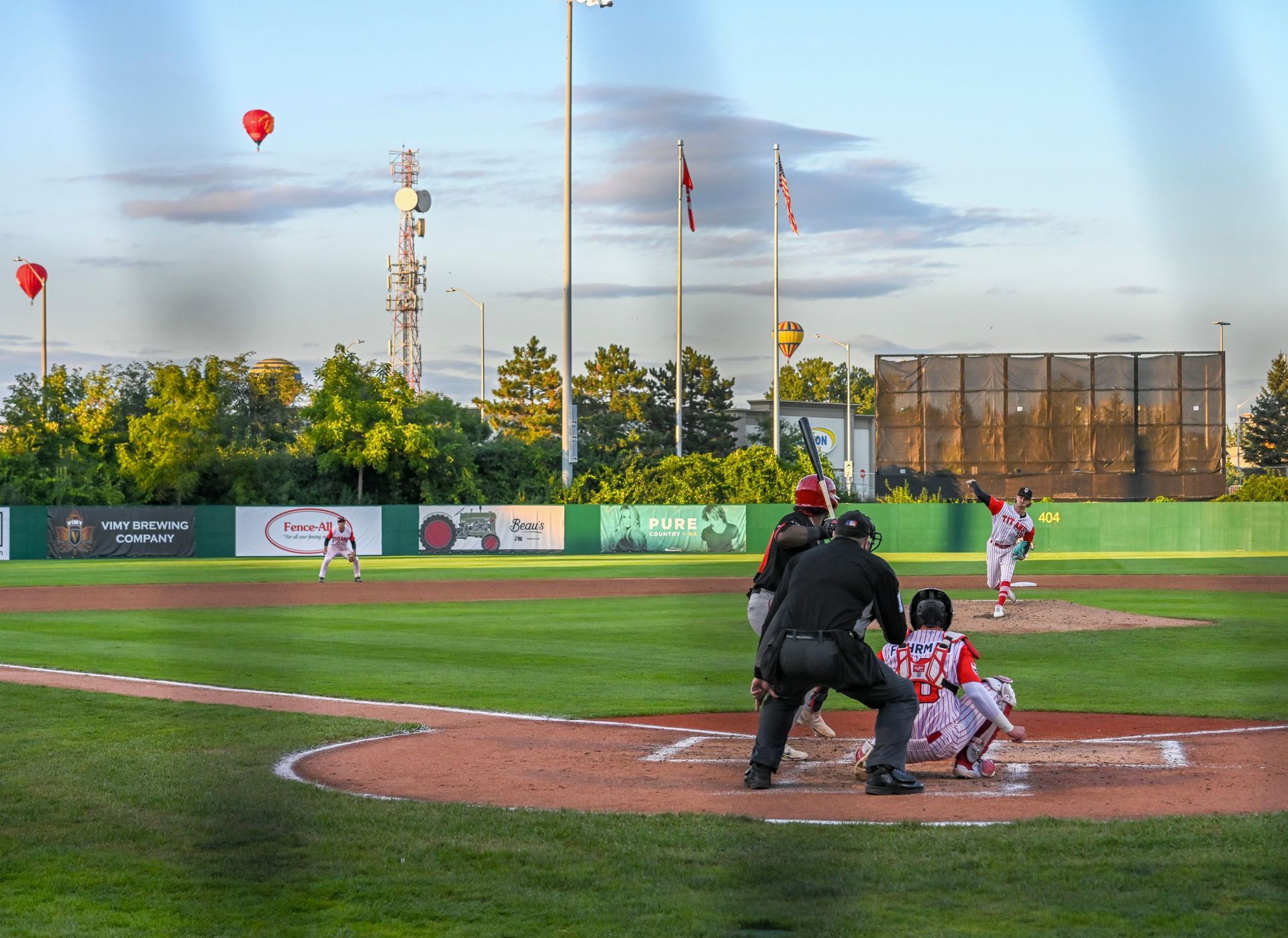Ottawa Stadium
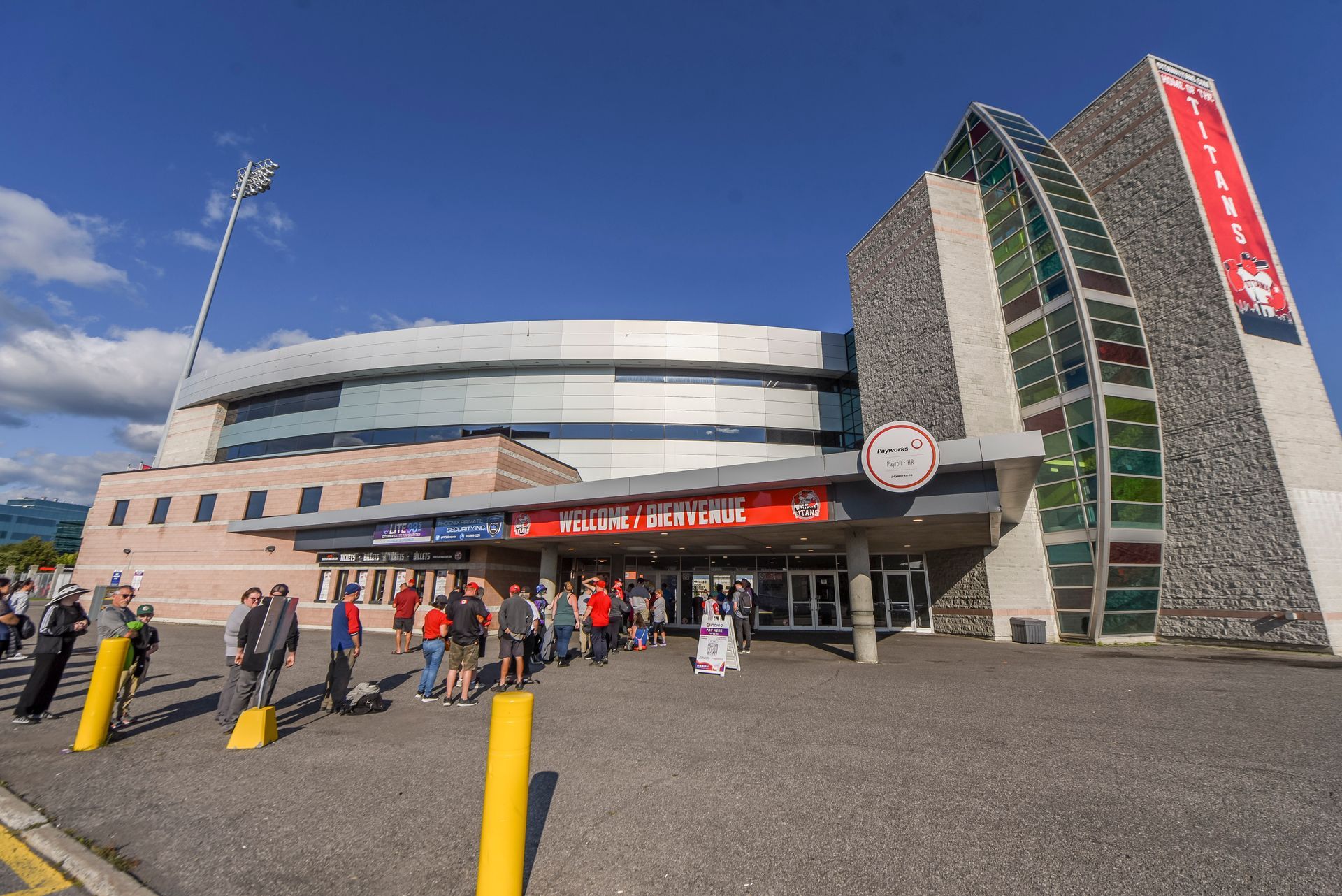
Ottawa Stadium is located on the original territories of the Algonquin and Anishinaabe peoples.
After nine attempts to secure a state-of-the-art baseball facility, Howard Darwin finally got his wish after a five-year battle with city council in the late 1980s. One of the founders of junior hockey’s most known franchises, the Ottawa 67’s, Darwin set his sights on making baseball the city’s next big thing.
After the Senators, Giants, and Athletics of the early-to mid 1900’s, the club’s alternated a 24,000 seat football stadium with the Rough Riders at Lansdowne Park as their home grounds. 300 Coventry was finally a ballpark made just for baseball.
The construction of what was then known as JetForm Park was a miracle to begin with. Many labour strikes took place before the project could even get off the ground. The Park was built to the specifications of the Ottawa Lynx parent club, the Montreal Expos at Olympic Stadium, which consisted of a dual-split concourse running around the middle of the seating bowl separating the upper and lower seating sections.
Concessions, restrooms, a gift shop, and a kids’ play area were built and located underneath the upper seats.
The stadium also features multiple luxury suites and a restaurant on the third floor. The construction team also placed a picnic area located down the left-field line, now known as the Hop Yard, celebrating Ottawa’s local craft breweries.
The stadium’s completion on April 17, 1993, costed $17 million and just like that, pro baseball was back for the first time in 39 years.
In their first season, the Lynx sold out 43 games and set an International League attendance record by averaging 9,772 fans per game. The first game at the ballpark featured the eventual Governor’s Cup champion Charlotte Knights, who bested the Lynx 4-3.
The Lynx would play to sellout crowds through the 1995 season, where’d they capture their first and only Governor’s Cup on September 13, 1995 in a 3-games-to-1 series win over the Norfolk Tides.
After the fall of the Expos in the early 2000’s, the Lynx began trending down. Baltimore and Philadelphia came through the Lynx organization before the team moved to Allentown, Pennsylvania after the 2007 season.
City council began discussions of many re-development plans for the site, which included re-purposing the park to be suitable for indoor recreation.
Miles Wolff and the Can-Am League came calling to give baseball another shot for 2008.
The Ottawa Rapidz were introduced in December 2007 and began to play in 2008. Despite attracting higher attendance than the Lynx in its final days, the Rapidz declared bankruptcy in September 2009. Another pitch to rebrand the Rapidz to the Ottawa Voyageurs took place in early 2009, but the team folded just prior to Opening Day.
After yet another sour exit, the city once again considered a re-development to the property after it was left vacant for the first time in nearly 20 years.
In January 2010, the Intercounty Baseball League awarded an expansion franchise that would play at the Ottawa Baseball Stadium. The Ottawa Fat Cats, called it home, from 2010 through 2012. The Fat Cats attendance grew each season and seemed to give a re-birth for the love of baseball in Ottawa. over three years, the Fat Cats reached the postseason twice, including a berth in the championship series, in which they fell to the Brantford Red Sox.
The Fat Cats ceased operations prior to the 2013 season, leaving the park empty, yet again.
Over the course of the next two summers, project managers and an ownership group shined light on an attempt to bring a Double-A baseball franchise to Ottawa, which included a $26 million dollar renovation to the park. Following the rejection of the project, the Can-Am League returned with the Ottawa Champions in 2015.
The Champions became enriched in the community through the Champions for Ottawa Baseball foundation through the Miracle League of Ottawa. In 2016, the Champions were crowned Can-Am League champions in an entertaining five-game series win over the Rockland Boulders.
At the completion of the 2019 season, the Champions ceased operations following the city terminating the team’s lease with the ballpark.
In September 2020, Sam Katz, along with the Ottawa Sports and Entertainment Group, and Jacques J.M. Shore, C.M. secured a ten-year lease with the city to join the Frontier League for the 2022 season.
The ballpark’s story continues to be written with the arrival of the Titans and on the heels of a successful beginning to its tenure, on and off the field, the organization now enters the next stage of a 10-year plan to enhance community access and the fan experience – including new patio decks, continued renovations on the second and third-floor suites.
The field has been selected as an award-winning playing surface, having been named the 1999 winner of the “Beam Clay Baseball Diamond of the Year” award, after placing second two years running. The field also took top International League honours in 1994 and 1995. It also has taken home Can-Am League Playing Surface of the Year four times (2015, 2016, 2018, 2019).
The Ballpark at a Glance
An A-to-Z Guide to the Ballpark
Whether you’re a regular or making your first trip to Ottawa Stadium, all the information you need can be found right here.
Facility Rentals
Book this multi-use facility for your function, meetings, trade shows, movie shoots and wedding & group photo opportunities. The playing field is also available for baseball games, concerts and other outdoor sporting and entertainment events. More info…
STADIUM FIRSTS:
FIRST GAME: April 17, 1993… 4-3 Lynx LOSS vs. Charlotte Knights
FIRST ATTENDANCE: 10,332… April 17, 1993
FIRST STARTING PITCHER: Mike Mathile
FIRST OPPOSING STARTING PITCHER: Cliff Young
FIRST BATTER: Wayne Kirby of Charlotte… groundout 6-3 completed by Ottawa’s Tim Barker to Terrel Hansen
FIRST LYNX BATTER: F.P Santangelo
FIRST HIT: Ken Ramos of Charlotte… single to CF… top of 1st with one out and no one on base
FIRST LYNX HIT: F.P Santangelo… leadoff infield single
FIRST RUN SCORED: Wayne Kirby scores from 2nd base on a RBI single from Alan Cockrell in the 1st
FIRST LYNX RUN SCORED: F.P Santangelo scores from 2nd base on a RBI single from Matt Stairs
FIRST HOME RUN: Wayne Kirby of Charlotte… over the RF fence off Lynx reliever Doug Simmons in the 6th
FIRST WIN: Cliff Young of Charlotte
FIRST SAVE: Jerry Dipoto of Charlotte
FIRST LYNX WIN: April 19, 1993… 5-3 vs. Toldedo MudHens
QUICK FACTS:
Seating Capacity:
10,332
Parking Capacity:
800
Dimensions:
LF (325)… LCF (380)… CF (404)… RCF (380)… RF (325)
Playing Surface:
Natural Grass
Opened: April 17, 1993
Owner: City of Ottawa
Uses: Concerts, Festivals, Baseball


